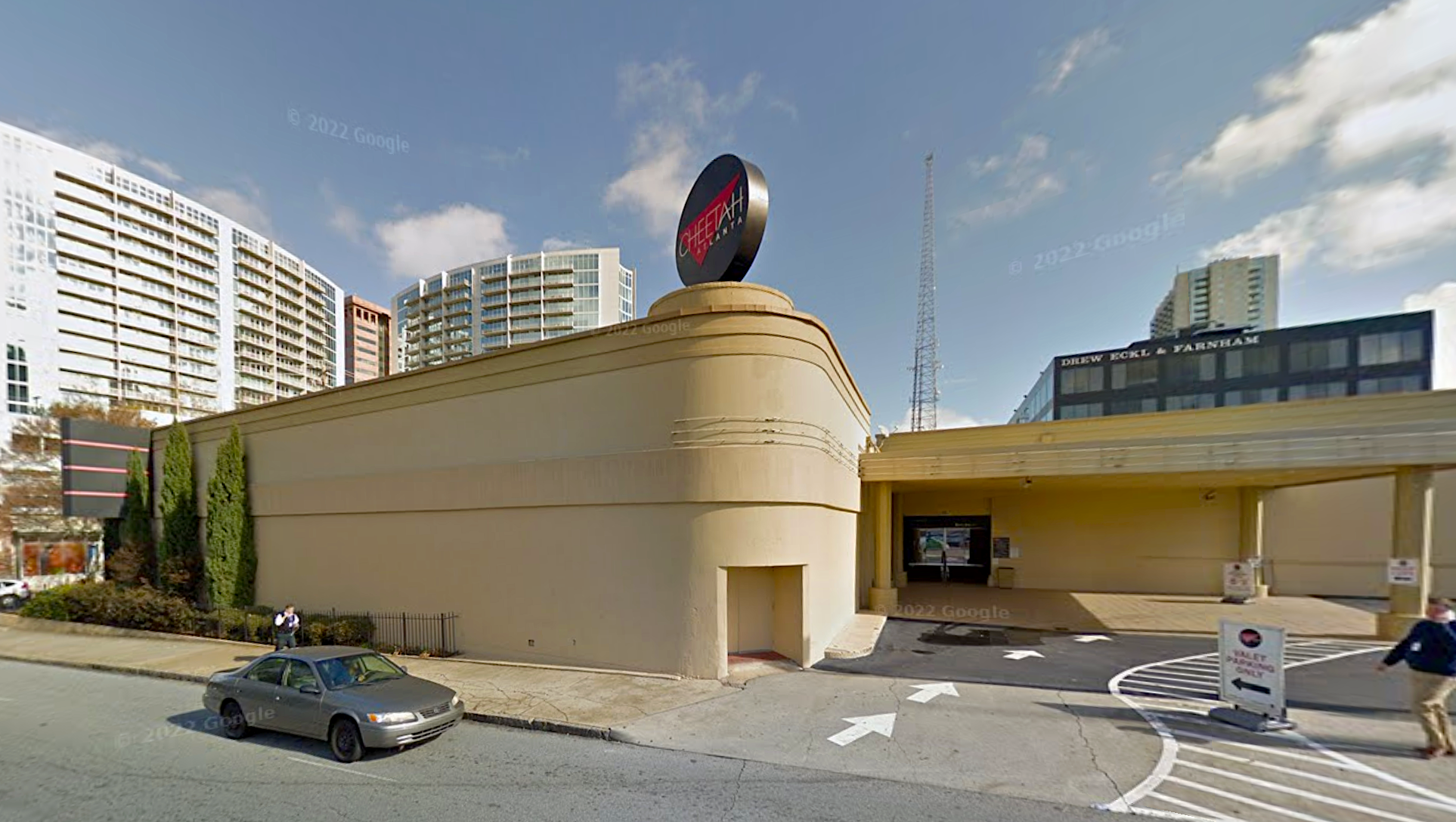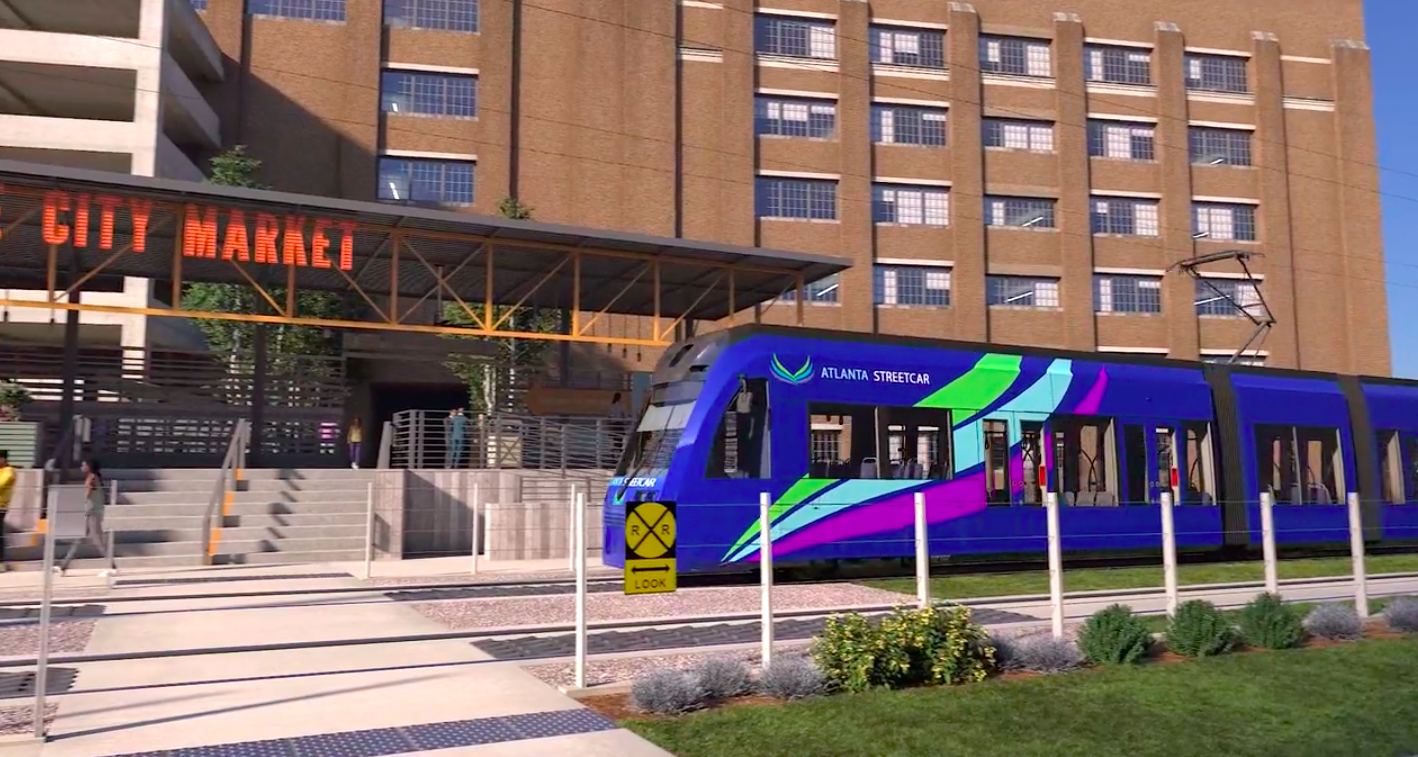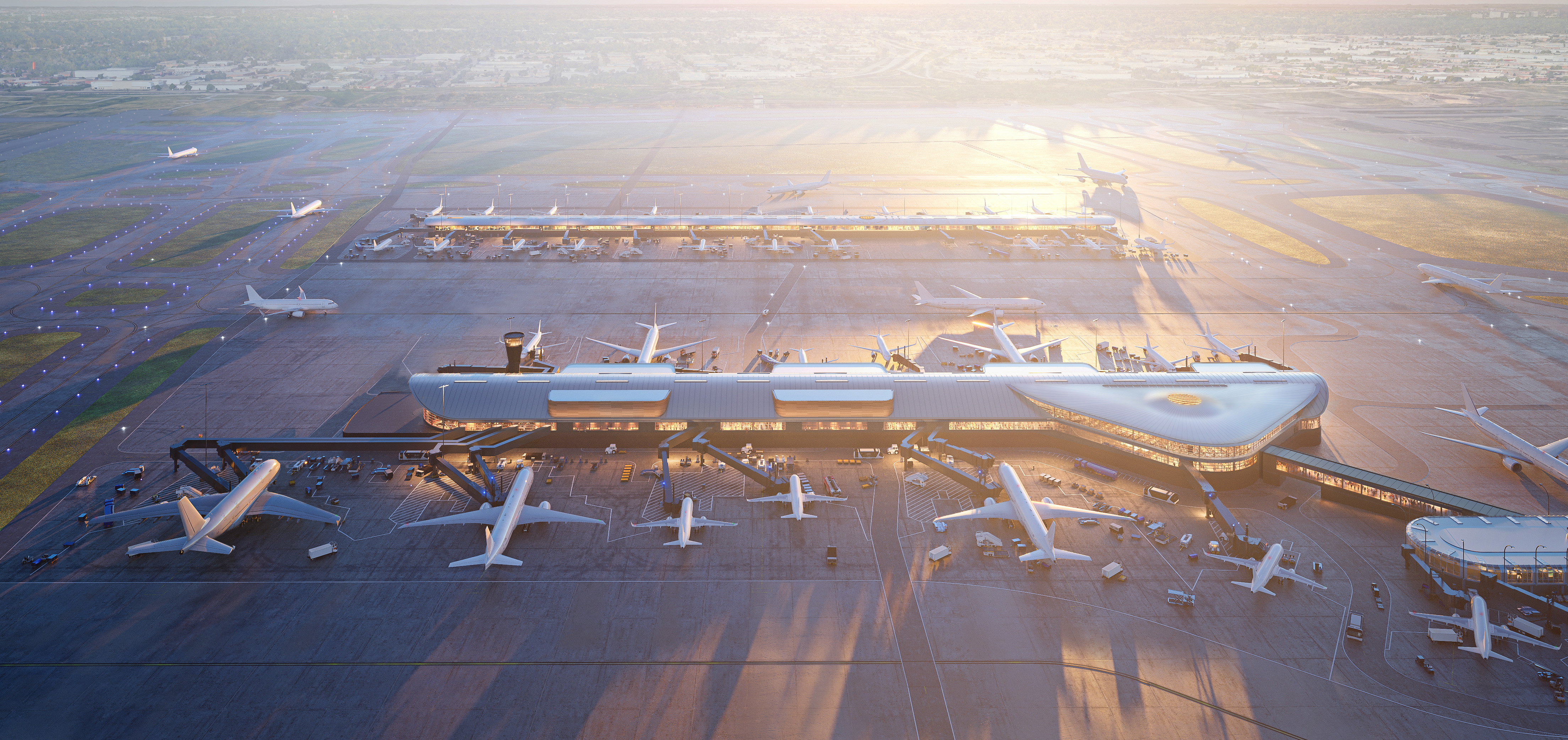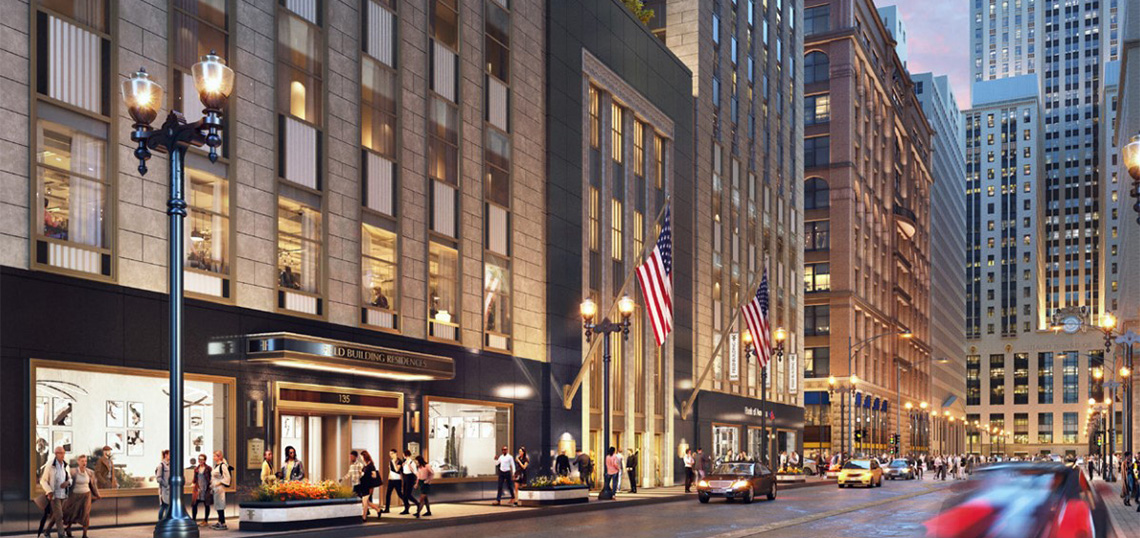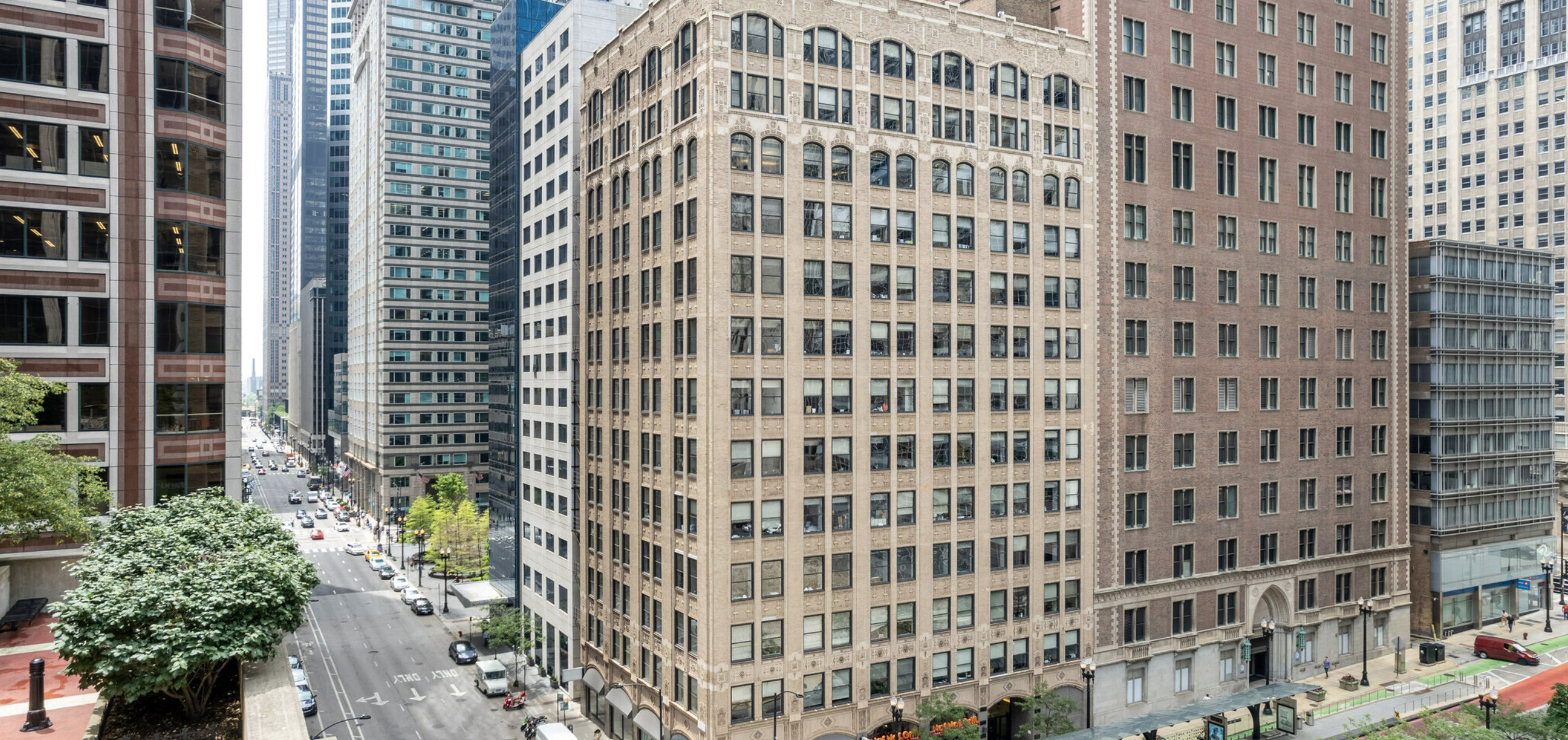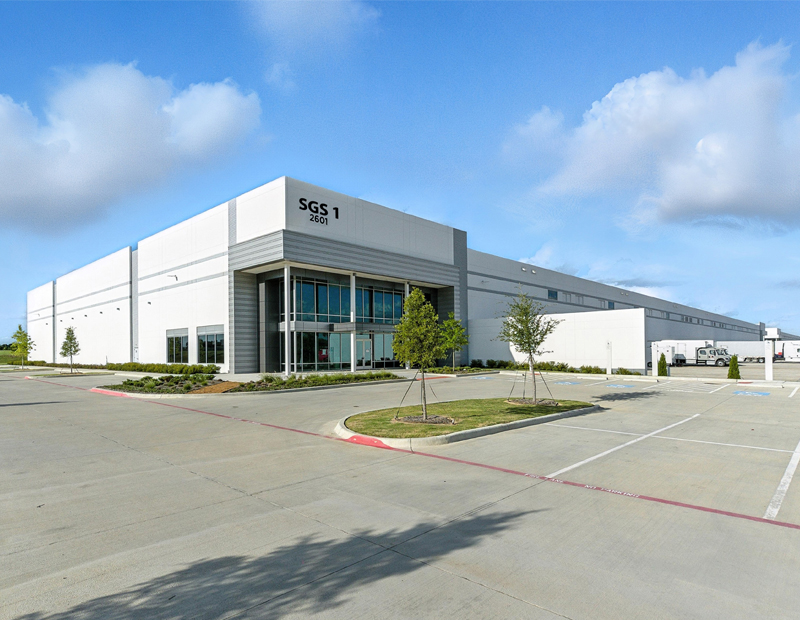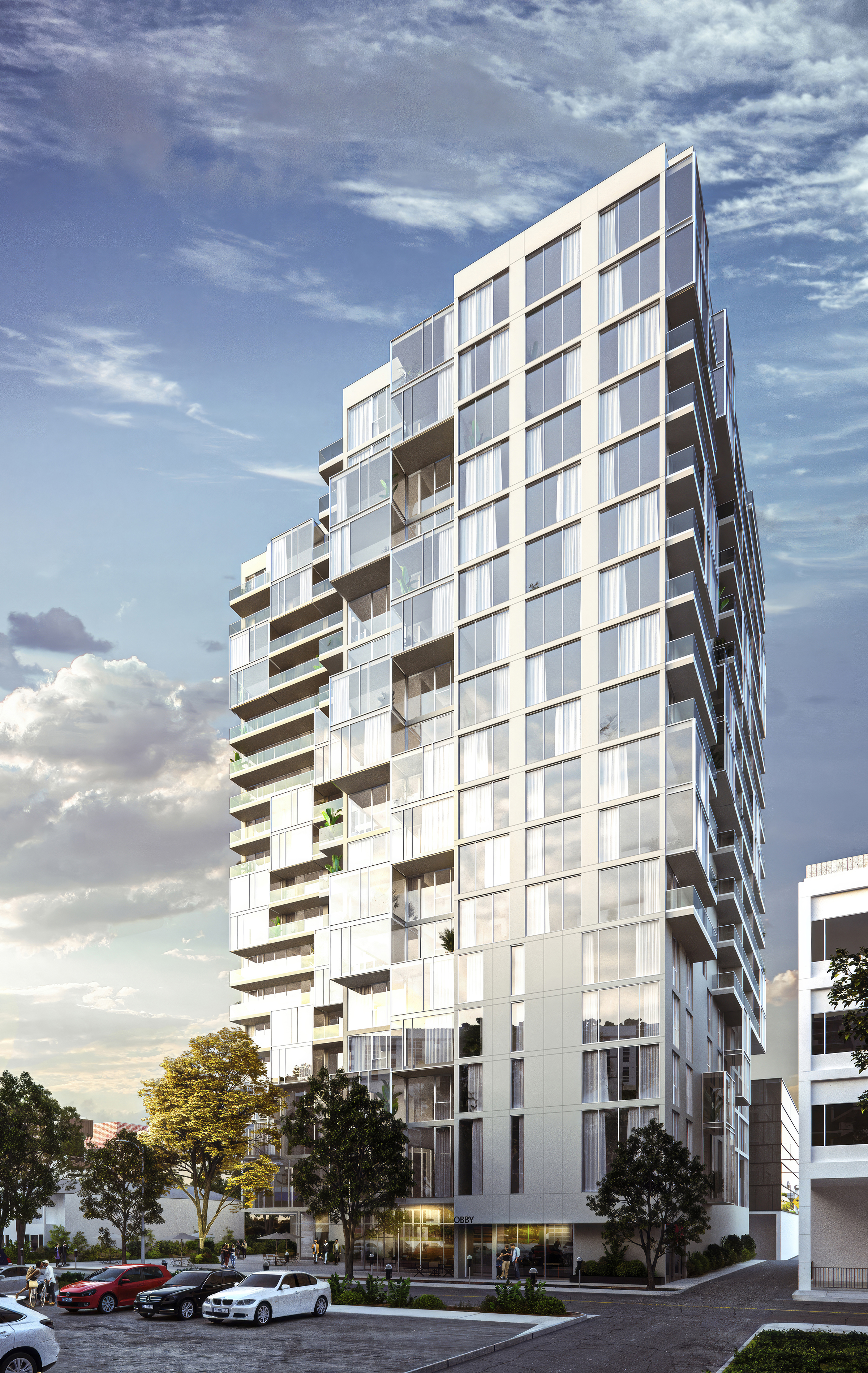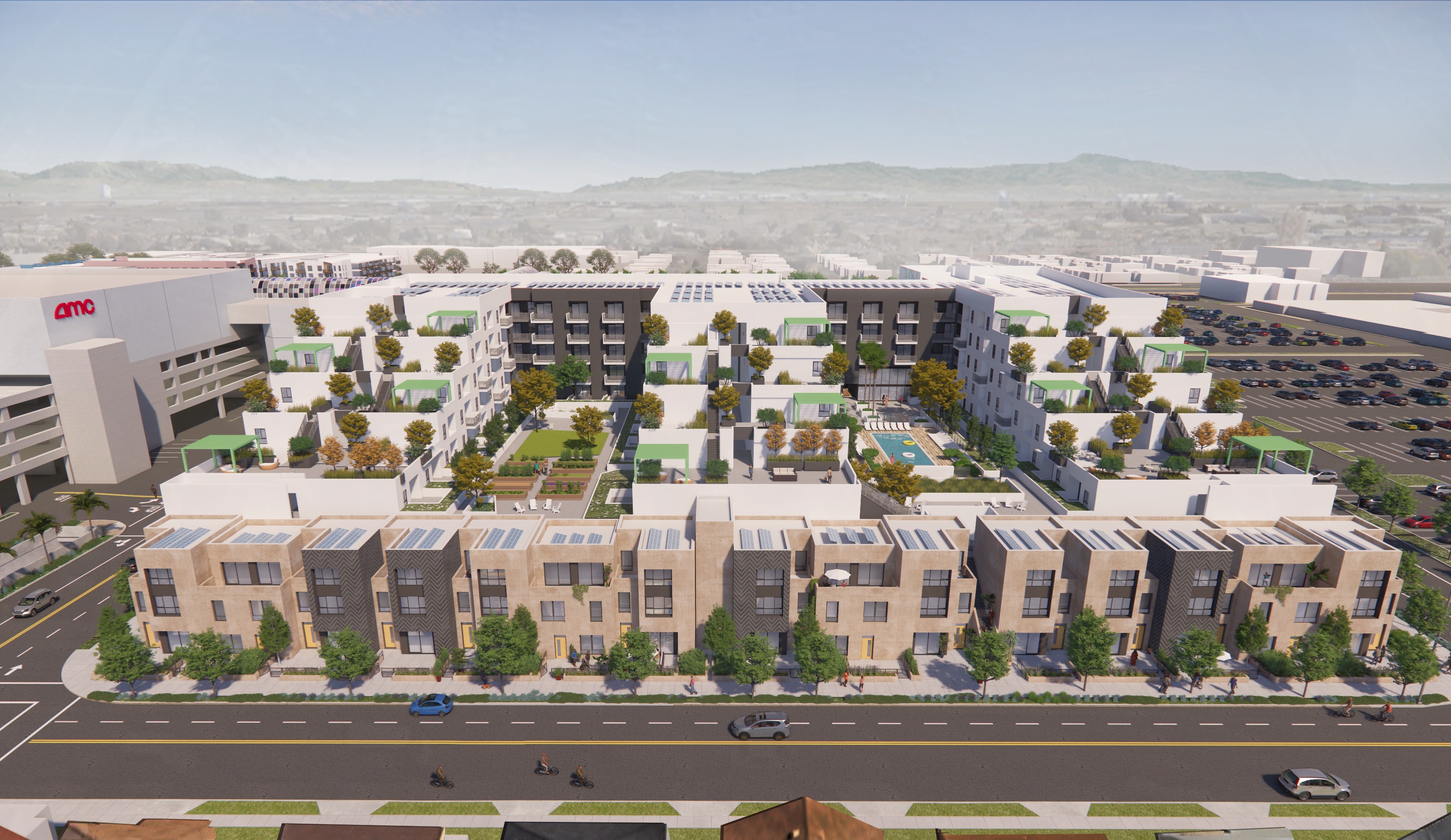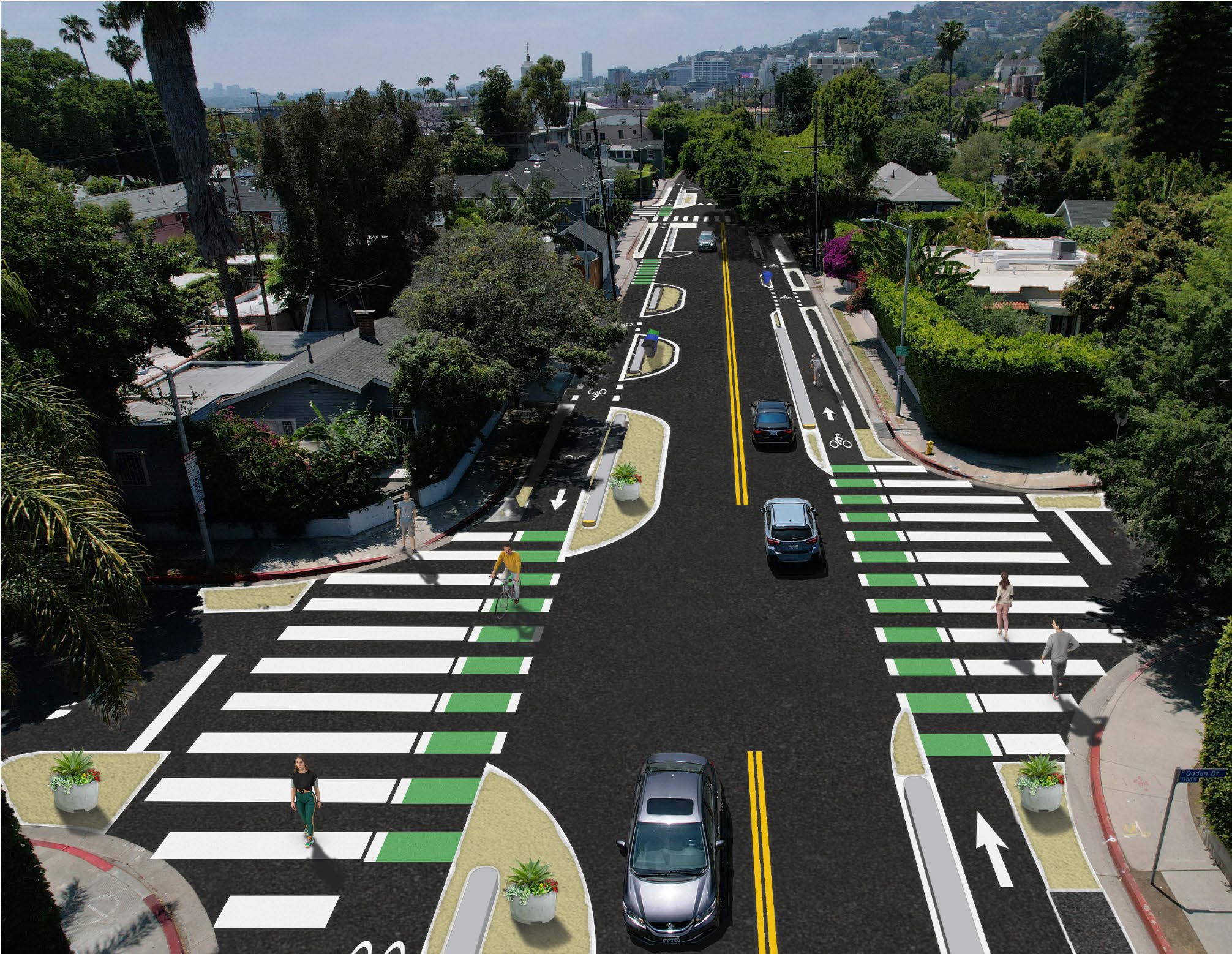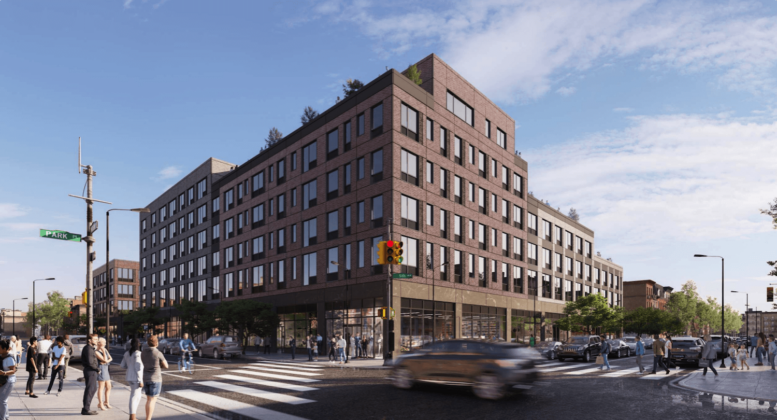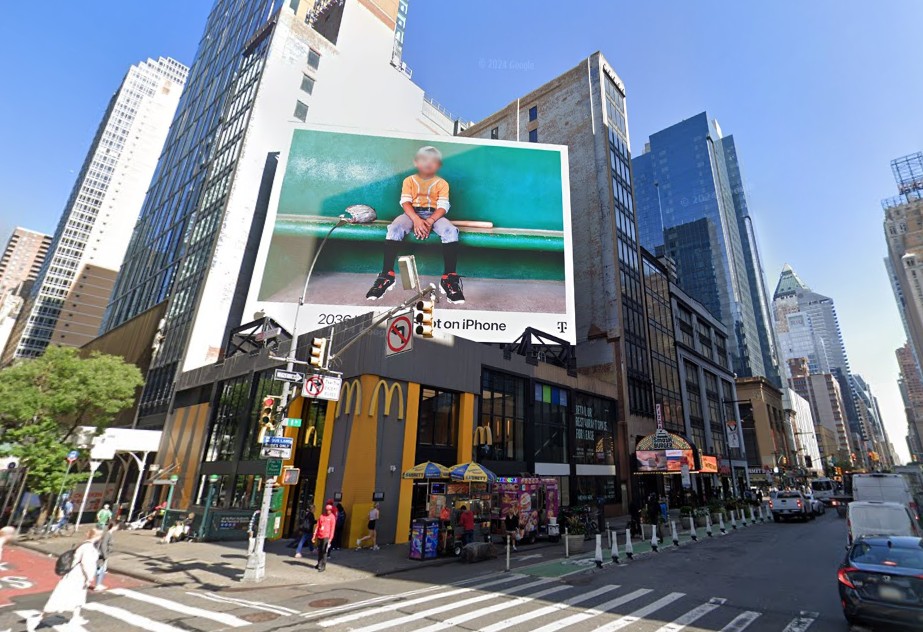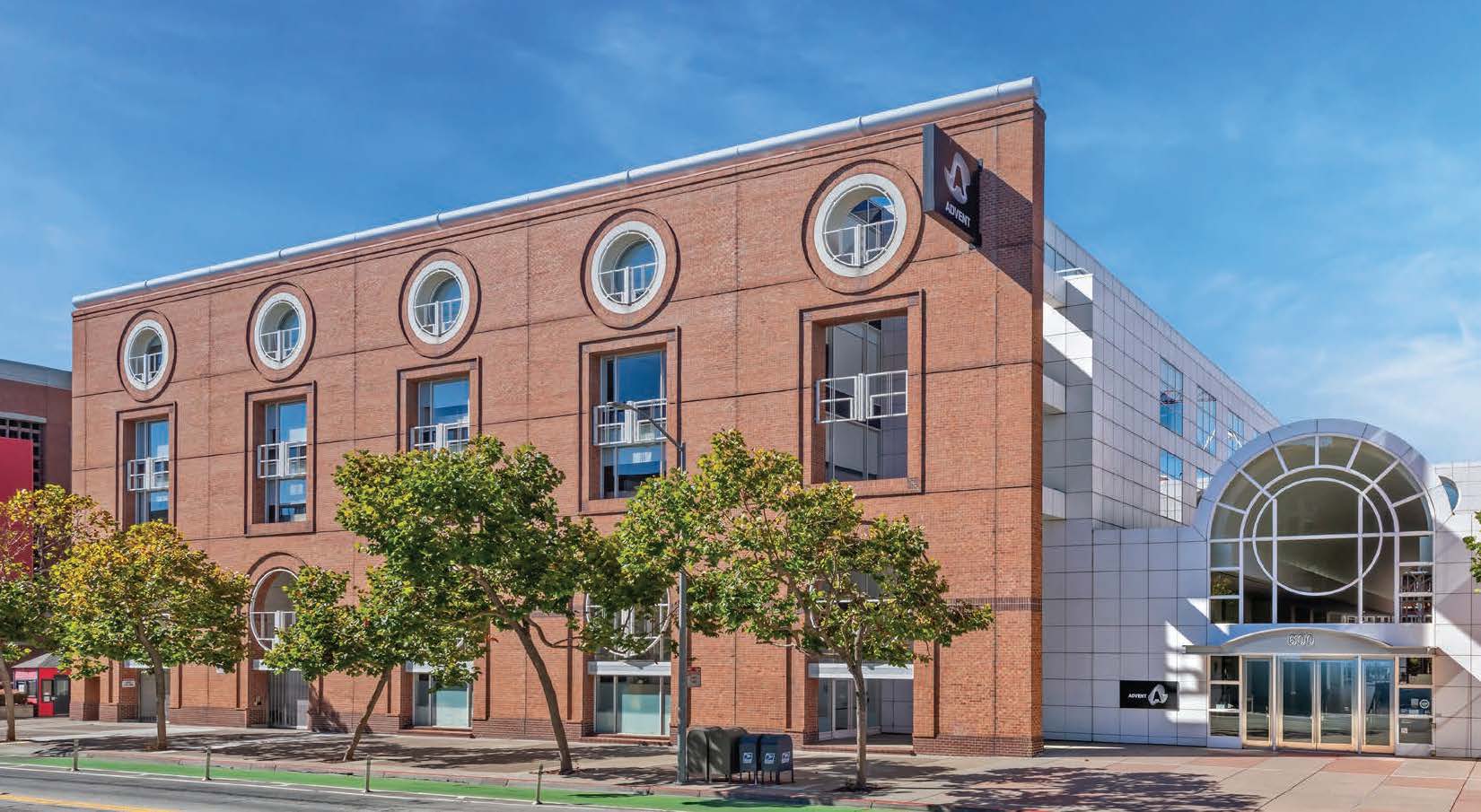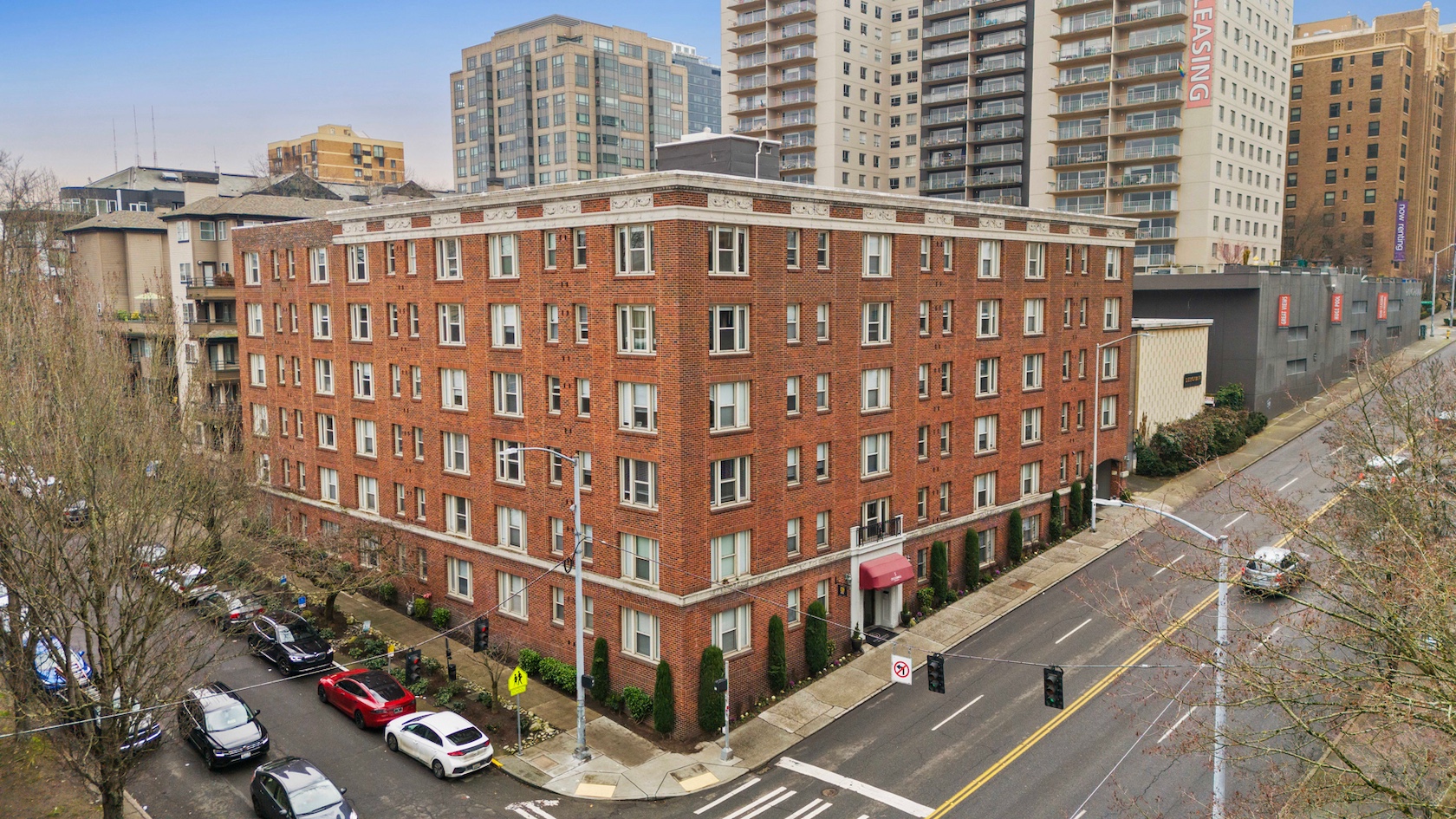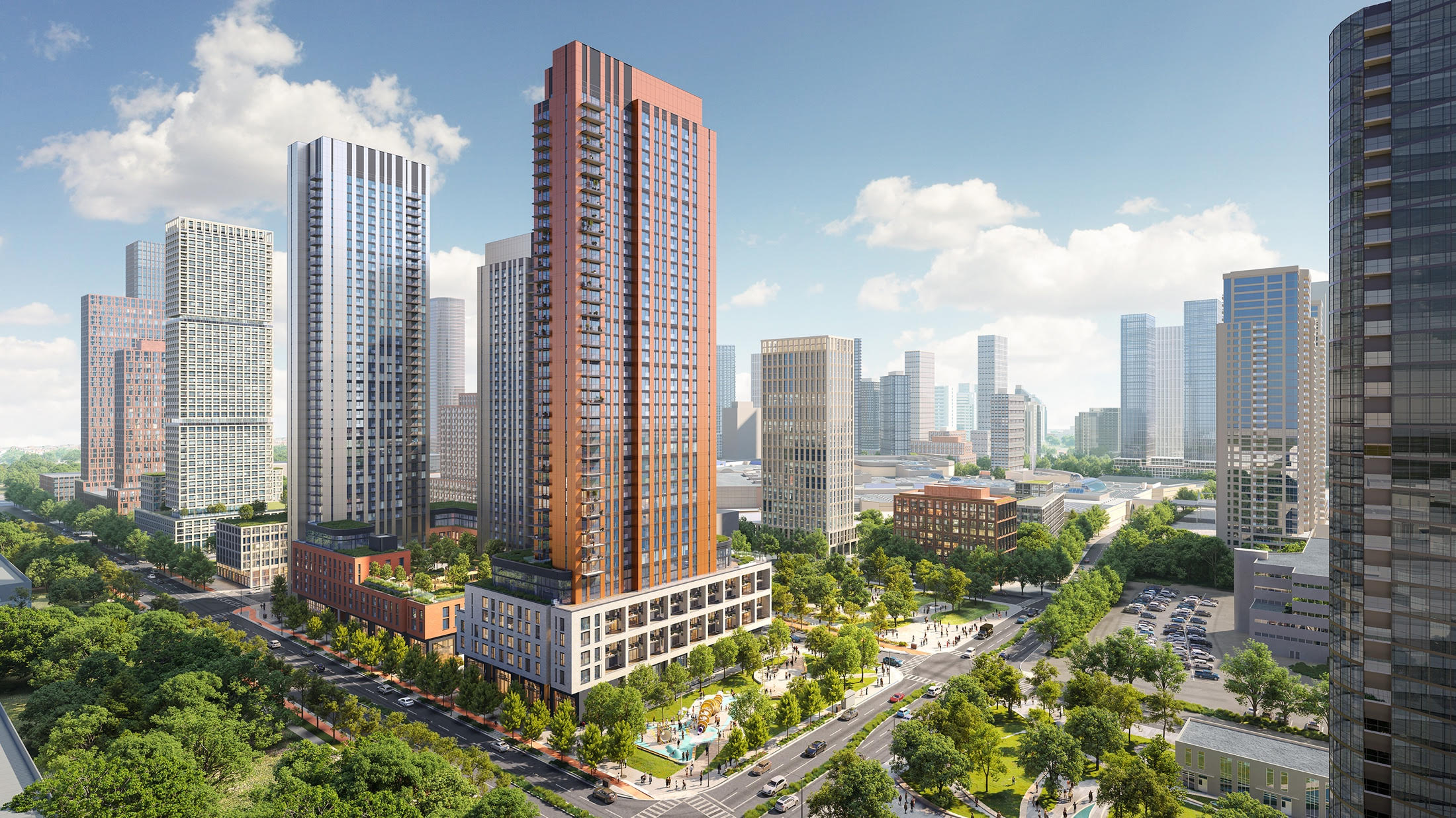Your City. Your Market. Your Next Deal.Stay up to date on national urban real estate |
|
📅 Today's Story: New research and urban design advocacy are fueling a shift away from one-way street networks, as planners recognize their unintended consequences on safety, local economies, and overall livability.
📝 Editor's Note: As a reminder, our Monday issues are always weekly lookbacks that cover all of our major cities, along with a new featured story from last week. Feel free to leave us feedback at [email protected].
URBAN PLANNING
Why Cities Are Reversing Their One-Way Streets |
|

One-way streets are falling out of fashion, and for good reason (Shutterstock)
📰 What Happened: Originally implemented in the mid-20th century to streamline traffic to and from highways, many downtown one-way corridors harm walkability, discourage local commerce, and compromise safety. And although drivers naturally dislike one-way streets, it turns out they’re actually less safe for pedestrians, too.
🔍 A Closer Look: While one-way streets can work in narrow corridors, they cut access to business and lead to more reckless driving and worse car crashes. They’re also linked to higher crime and lower property values. Meanwhile, two-way streets slow traffic and boost visibility—good for pedestrians, drivers, and commercial.
🧠 Why It Matters: As more U.S. cities seek to boost street safety and brick-and-mortar retail development, converting one-way streets back into two-way is gaining traction. Cities like Louisville, KY, already report safer streets and more retail activity after two-way conversions.
| MidtownExclusive: New high-rise to replace Atlanta's famed Cheetah strip clubRisqué landmark's decades-long run in Midtown to end soon, per student housing developers |
| Old Fourth WardAtlanta Beltline CEO: Eastside Trail light rail no longer makes sense In WABE interview, Beltline head Clyde Higgs sheds light on agency's pivot from $230M plans |
| OTPImages: Nordic spa concept scores approval in North Georgia MountainsNordika Thermal Experience planned near Dahlonega’s historic downtown, wineries |
| O'HareMayor Johnson celebrates groundbreaking for O’Hare Concourse DThe $1.3 billion project will bring 19 new gates to the airport |
| The LoopLandmarks approves Class L for adaptive reuse redevelopment of 135 S. LaSalleThe residential conversion plan calls for 386 apartments and retail |
| The LoopZBA approves variations for residential conversion at 309 W. WashingtonThe 13-story office building would become home to 84 apartments |
| Fort WorthHillwood JV Opens 450 KSF Production Facility in TexasThe project will be followed by a larger, master-planned studio campus. |
| Beverly HillsJudge orders Beverly Hills to process 19-story Builder's Remedy development Beverly Hills is facing several other lawsuits regarding Builder's Remedy projects |
| Redondo BeachHousing planned for west side of Redondo Beach's South Bay GalleriaTerraced 350-unit apartment building would replace surface parking lot |
| WeHo's Fountain Ave. makeover, Adaptive reuse, and moreL.A. real estate, architecture, and urban planning news from the past week |
| Park SlopeLeasing begins for 131 apartments at 55 Paseo Place in Park Slope, BrooklynDeveloped by William Macklowe Company and GreenBarn Investment Group |
| MidtownManhattan Asset Changes Hands for $62MThis property previously traded for $48 million eight months ago. |
| Design DistrictLincoln, NYLREI Buy 600 Townsend West in San FranciscoThe building is currently more than 90 percent leased |
| Downtown SeattleThree Downtown Seattle apartment buildings sell for $35.2MThe 215-unit portfolio is currently 97 percent leased |
| Bendale SouthOxford begins construction on $750M rental community in ScarboroughAlta is the largest single-phase purpose-built rental development under construction in Toronto and will deliver 1,285 new rental homes, including 268 affordable units. |


